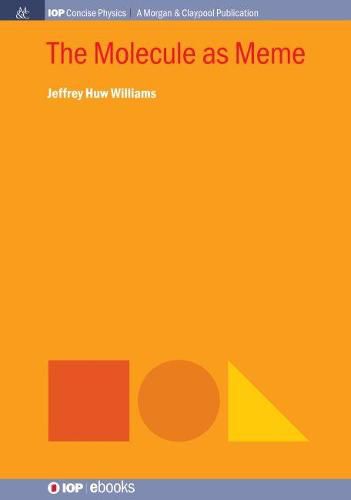Readings Newsletter
Become a Readings Member to make your shopping experience even easier.
Sign in or sign up for free!
You’re not far away from qualifying for FREE standard shipping within Australia
You’ve qualified for FREE standard shipping within Australia
The cart is loading…






This title is printed to order. This book may have been self-published. If so, we cannot guarantee the quality of the content. In the main most books will have gone through the editing process however some may not. We therefore suggest that you be aware of this before ordering this book. If in doubt check either the author or publisher’s details as we are unable to accept any returns unless they are faulty. Please contact us if you have any questions.
It was not until 1971 that the authority for defining scientific units, the General Conference of Weights and Measures got around to defining the unit that is the basis of chemistry (the mole, or the quantity of something). Yet for all this tardiness in putting the chemical sciences on a sound quantitative basis, chemistry is an old and venerable subject and one naturally asks the question, why? Well, the truth is that up until the mid-1920s, many physicists did not believe in the reality of molecules. Indeed, it was not until after the physics community had accepted Ernest Rutherford’s 1913 solar-system-like model of the atom, and the quantum mechanical model of the coupling of electron spins in atoms that physicists started to take seriously the necessity of explaining the chemical changes that chemists had been observing, investigating and recording since the days of the alchemists.
$9.00 standard shipping within Australia
FREE standard shipping within Australia for orders over $100.00
Express & International shipping calculated at checkout
This title is printed to order. This book may have been self-published. If so, we cannot guarantee the quality of the content. In the main most books will have gone through the editing process however some may not. We therefore suggest that you be aware of this before ordering this book. If in doubt check either the author or publisher’s details as we are unable to accept any returns unless they are faulty. Please contact us if you have any questions.
It was not until 1971 that the authority for defining scientific units, the General Conference of Weights and Measures got around to defining the unit that is the basis of chemistry (the mole, or the quantity of something). Yet for all this tardiness in putting the chemical sciences on a sound quantitative basis, chemistry is an old and venerable subject and one naturally asks the question, why? Well, the truth is that up until the mid-1920s, many physicists did not believe in the reality of molecules. Indeed, it was not until after the physics community had accepted Ernest Rutherford’s 1913 solar-system-like model of the atom, and the quantum mechanical model of the coupling of electron spins in atoms that physicists started to take seriously the necessity of explaining the chemical changes that chemists had been observing, investigating and recording since the days of the alchemists.